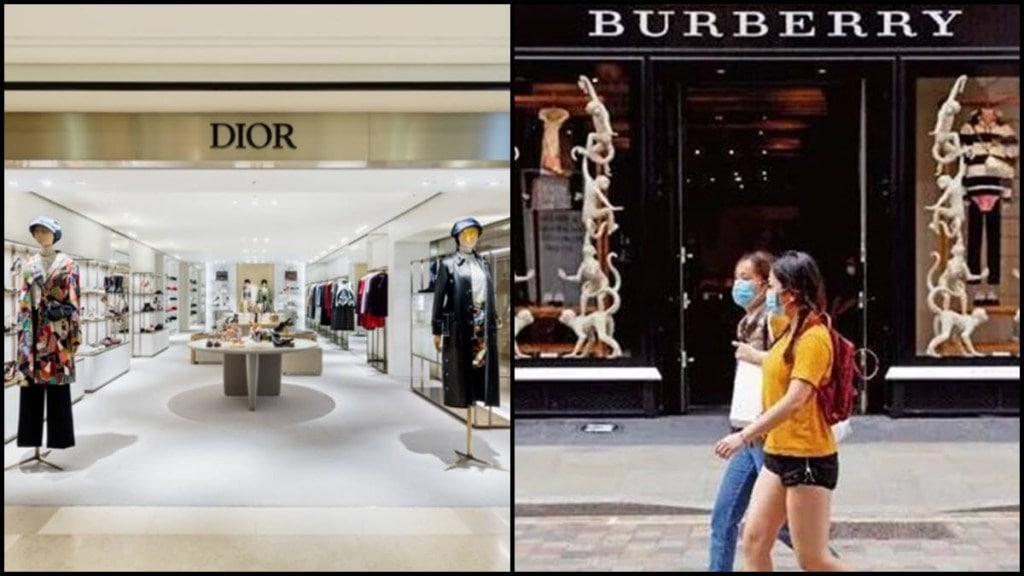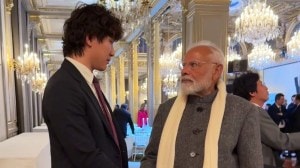The personal luxury goods market, long a symbol of exclusivity and high-end appeal, is experiencing a significant slowdown in 2024. According to Bain & Company’s latest Annual Luxury Report, approximately 50 million luxury consumers have ceased buying iconic luxury brands like Dior, Burberry, and others, marking the first decline in luxury consumption since the Great Recession of 2009. The report also forecasts only modest growth for a third of luxury brands in the coming year, signaling that the high-end market is at a crossroads.
The Decline: Why Consumers Are Walking Away
As the global economy faces inflationary pressures and shifting consumer expectations, luxury brands seem to be struggling to maintain their appeal. Several reasons contribute to this drop-off, including stagnation in design innovation, a lack of brand evolution, and the rising prominence of sustainability concerns.
Marie Driscoll, an equity analyst focused on luxury retail, told Fortune that luxury brands must reconsider their approach, especially to younger generations, including Gen Z. “You need to constantly meet consumers at a new angle and surprise and delight them,” Driscoll said. She emphasised the importance of delivering not just products but experiences. “A fabulous ice cream sundae is boring by the time you have it the fifth time,” she quipped, suggesting that luxury brands have failed to maintain their allure due to a lack of fresh, exciting offerings.
The Innovation Gap: “No Growth, No New Designs”
For many former luxury consumers, the tipping point came when they noticed a plateau in product innovation. While luxury brands have seen price hikes since 2019, there has been little to show in terms of meaningful innovation, quality, or customer service that would justify the increasing costs. Driscoll noted, “Since 2019, there’s been a high price increase across luxury without a corresponding increase in innovation, service, quality, or appeal that a luxury brand should provide.” This stagnation, she said, hit consumers particularly hard this year, making the high prices feel even more unpalatable.
“I’ve been a loyal customer of Burberry for over a decade,” said Sophie Oberoi, a former luxury consumer from New Delhi. “But recently, I’ve just felt that nothing new or exciting is coming out of the brand. The designs are repetitive, and it feels like they’re just pushing out the same things with a new price tag. When I compare it to the fast fashion brands that are constantly offering fresh trends, I simply can’t justify the cost anymore.”
The Need for Exclusivity and Bespoke Experiences
Another key factor driving consumers away from luxury brands is the growing demand for exclusivity and personal connection, an expectation that many luxury brands have failed to meet. Hitha Herzog, a retail analyst, pointed out that today’s luxury consumers are seeking items that are rare, unique, and bespoke. “The luxury consumer wants something that is rare, unique, bespoke, beautiful and specifically theirs,” Herzog explained. “While some luxury brands offer basic customization, almost all luxury brands have no way to make one-off pieces for their VIP clients, or create something so aspirational customers can strive to own eventually.”
For many high-net-worth individuals, this lack of true customization and exclusivity is increasingly frustrating. Shruti Deol, a former Dior customer from Mumbai, shared her sentiments: “I used to buy into the brand for the heritage and uniqueness. But after years of seeing mass-produced designs with only minor tweaks, it became clear that they weren’t offering me anything special. I’ve started turning to bespoke designers who can create something entirely for me. It’s about individuality now, not just a label.”
Sustainability and Ethical Concerns
Sustainability also plays a crucial role in shifting attitudes toward luxury. Consumers, especially younger buyers, are more aware than ever of the environmental and social impact of their purchases. In response to growing pressure, some luxury brands have made efforts to become more sustainable, but for many, these efforts have been either too slow or too superficial.
Driscoll emphasised that luxury brands need to evolve to meet Gen Z’s expectations, which include not only superior quality and exclusivity but also a commitment to environmental responsibility. “Luxury growth globally benefited from the rise of the Chinese middle class and the aspirational class,” Driscoll noted. “But today, there is more focus on sustainability, and young consumers are choosing brands that align with their values.”
The Changing Luxury Landscape: A Slowdown in 2024
Bain’s report predicts that the luxury goods sector will experience a 2% drop globally in 2024, signaling a challenging year ahead for high-end brands. With 50 million consumers stepping away from luxury shopping, it is clear that the industry needs to rethink its strategy. Brands must move beyond traditional offerings and deliver fresh, personalized, and meaningful experiences to regain the trust and loyalty of their customers.
While luxury brands like Dior and Burberry continue to maintain their iconic status, they now face an imperative to evolve. The marketplace is demanding more innovation, sustainability, and personalized experiences, and those brands that fail to meet these demands may find themselves losing out in an increasingly competitive and conscientious world.
As Driscoll aptly put it, “Luxury brands need to get back to the books, make products more inspirational, and make the shopping experience marvelous.” For the luxury market to thrive once again, it will need to offer something beyond just high price tags—something that truly excites and resonates with today’s discerning and values-driven consumers.








